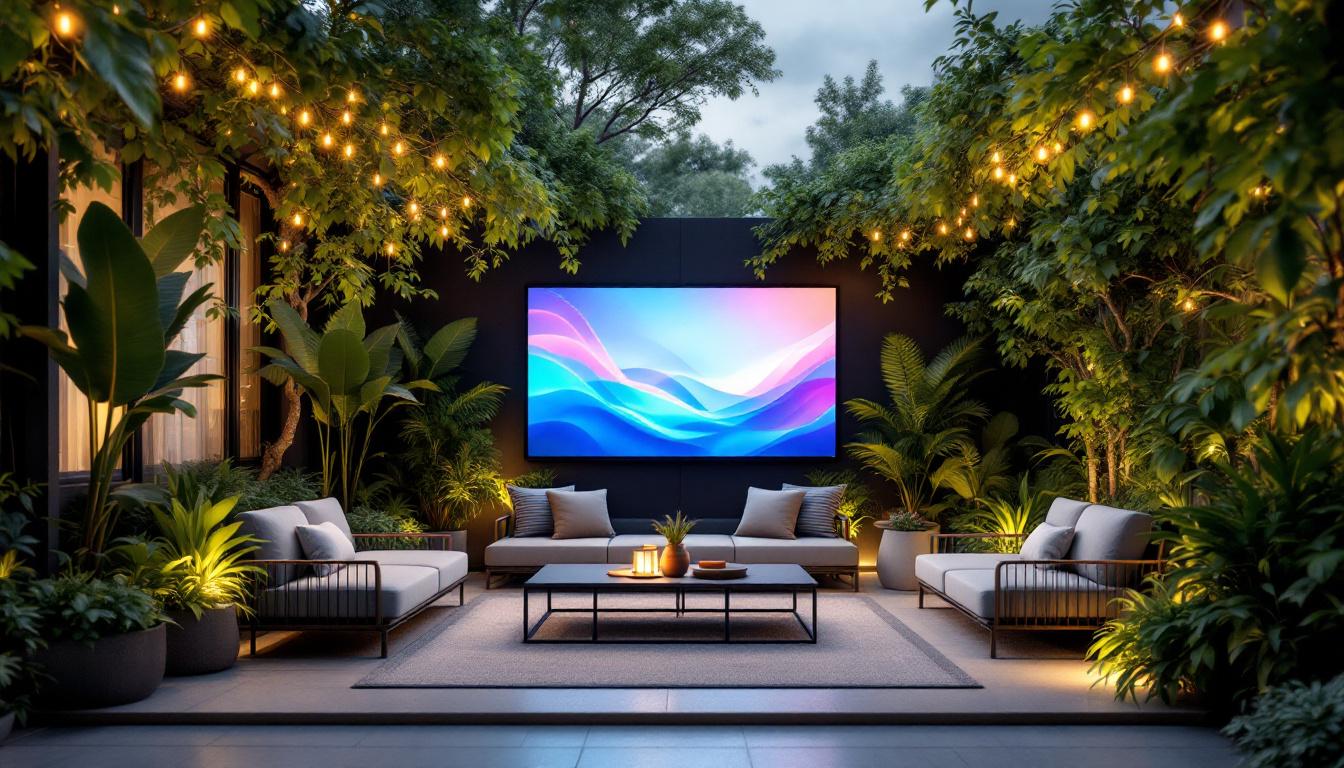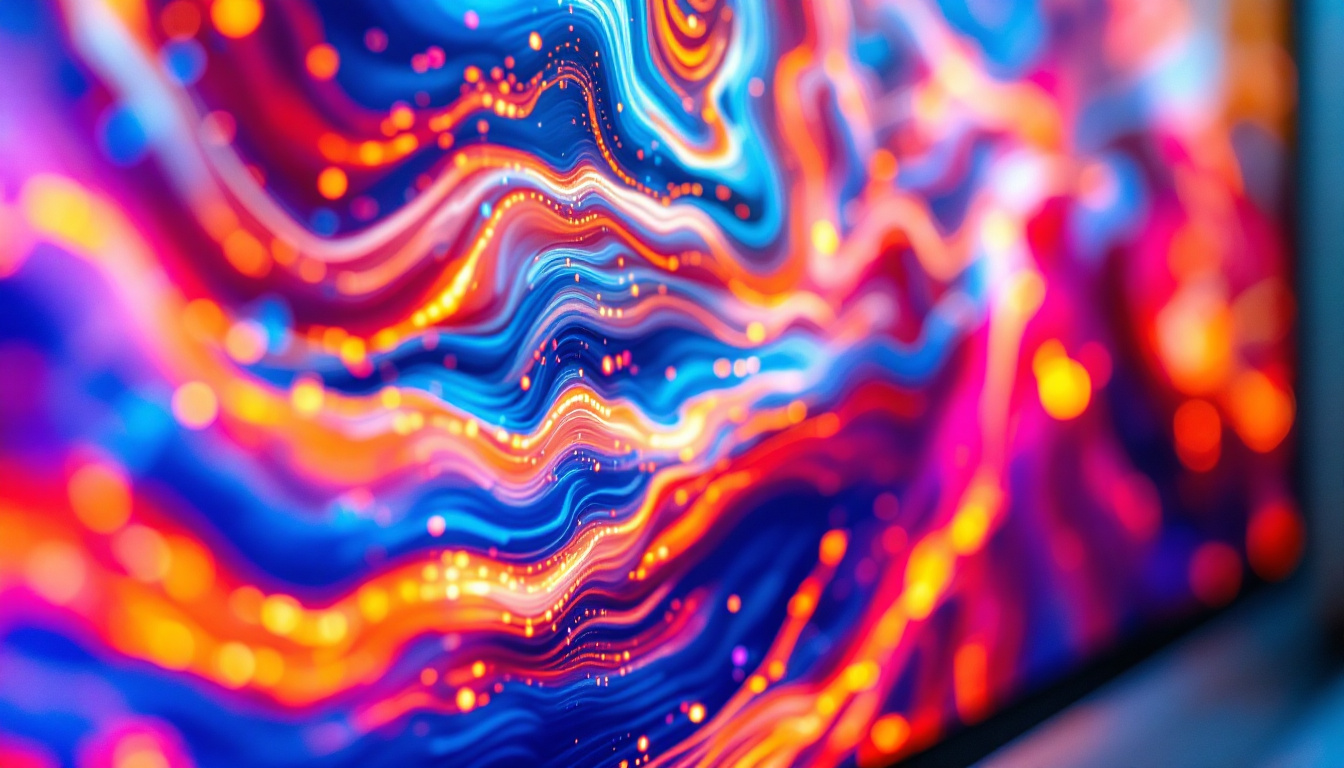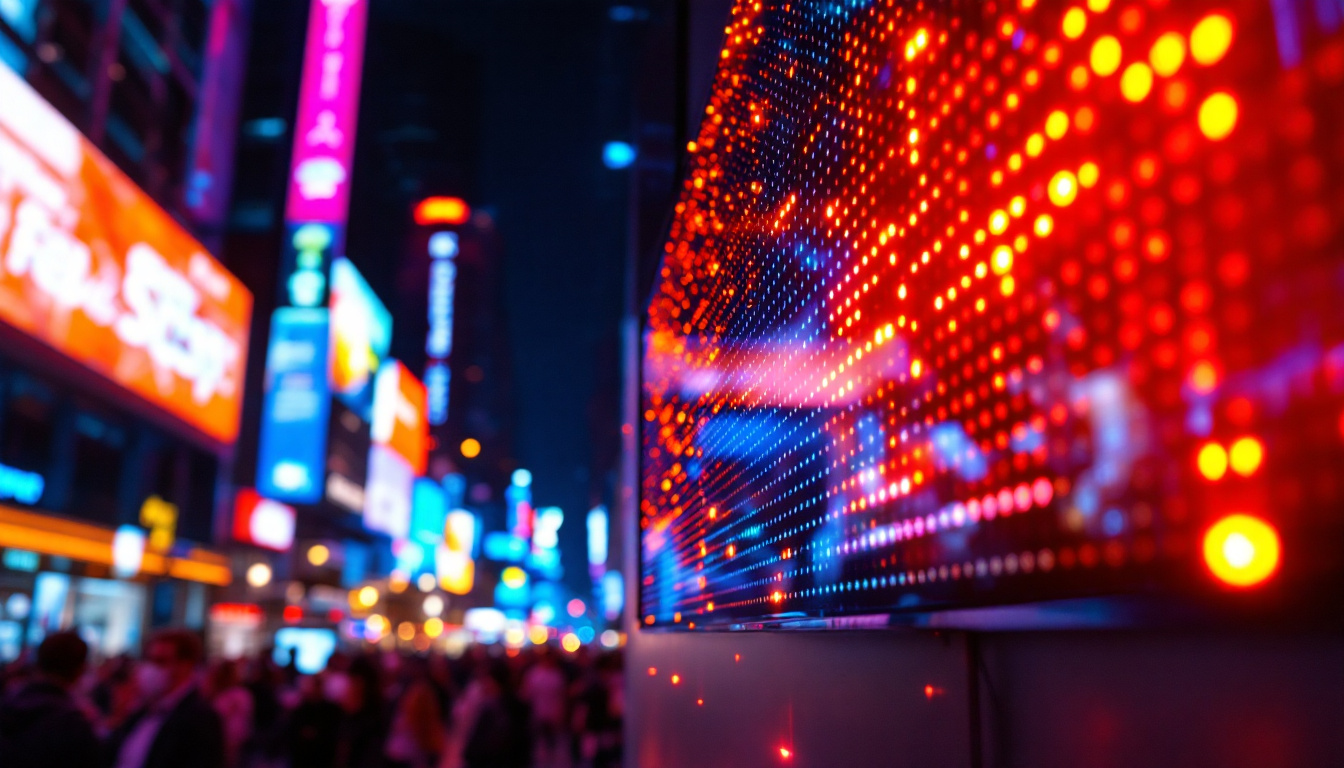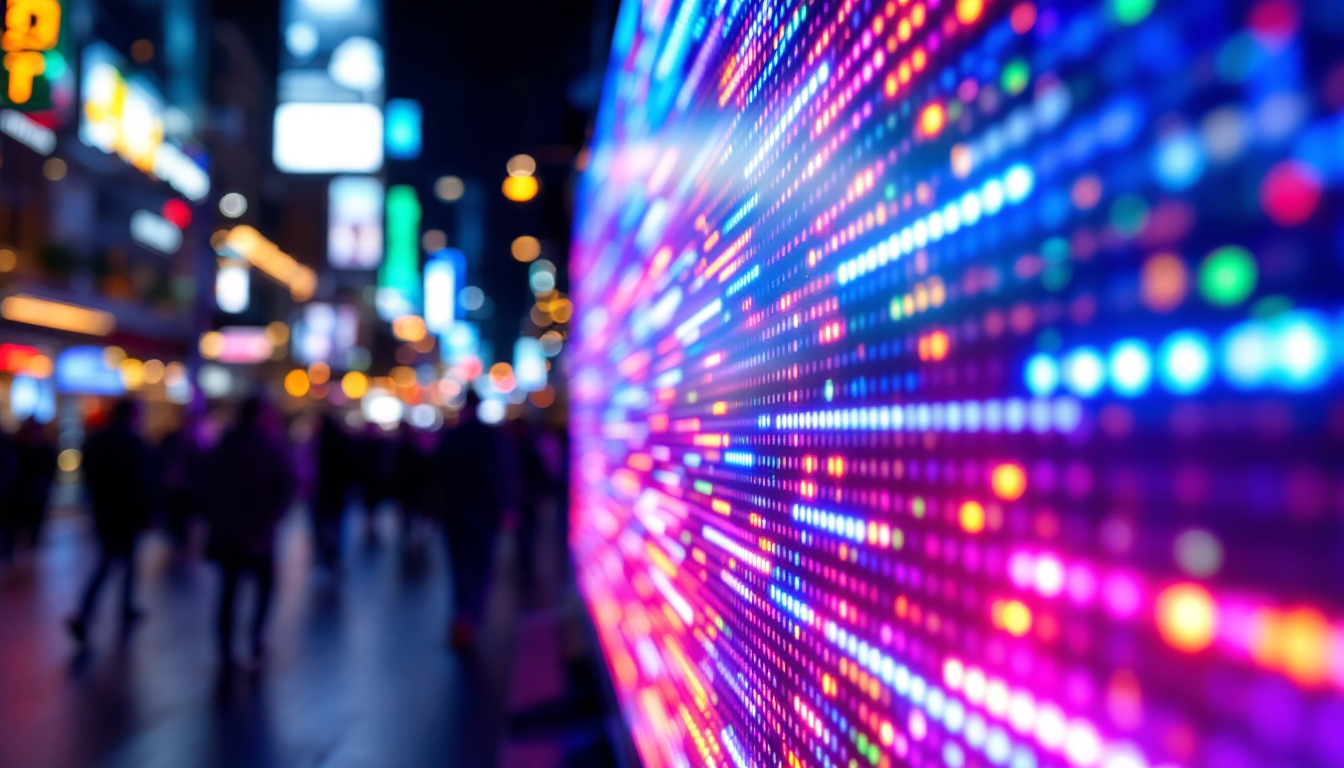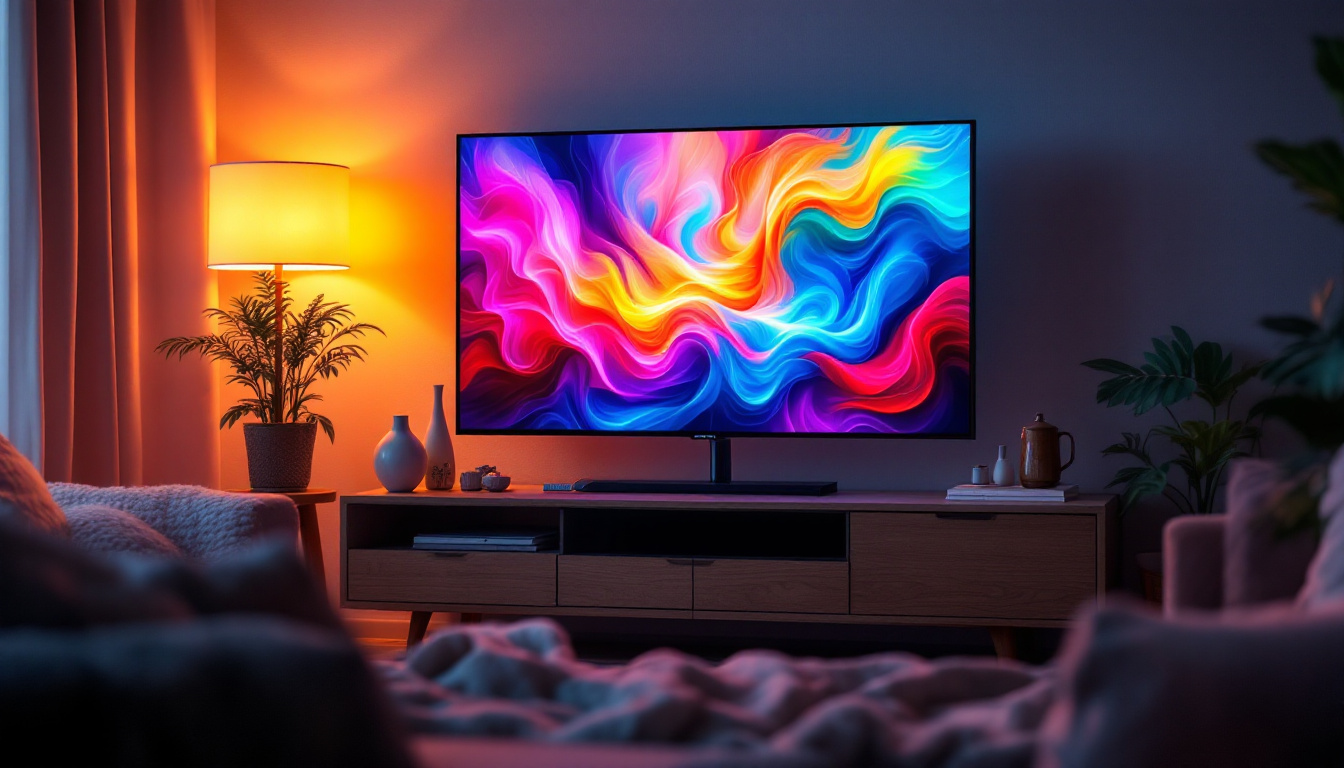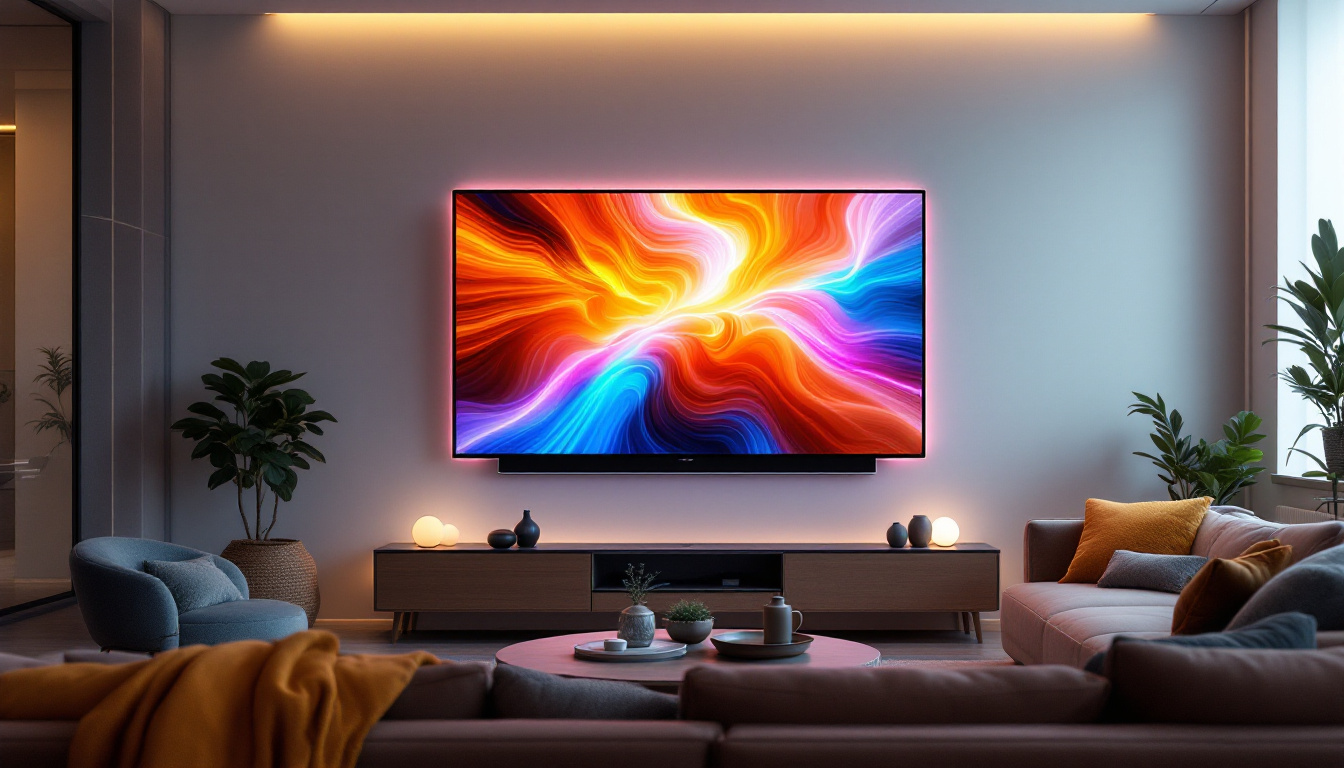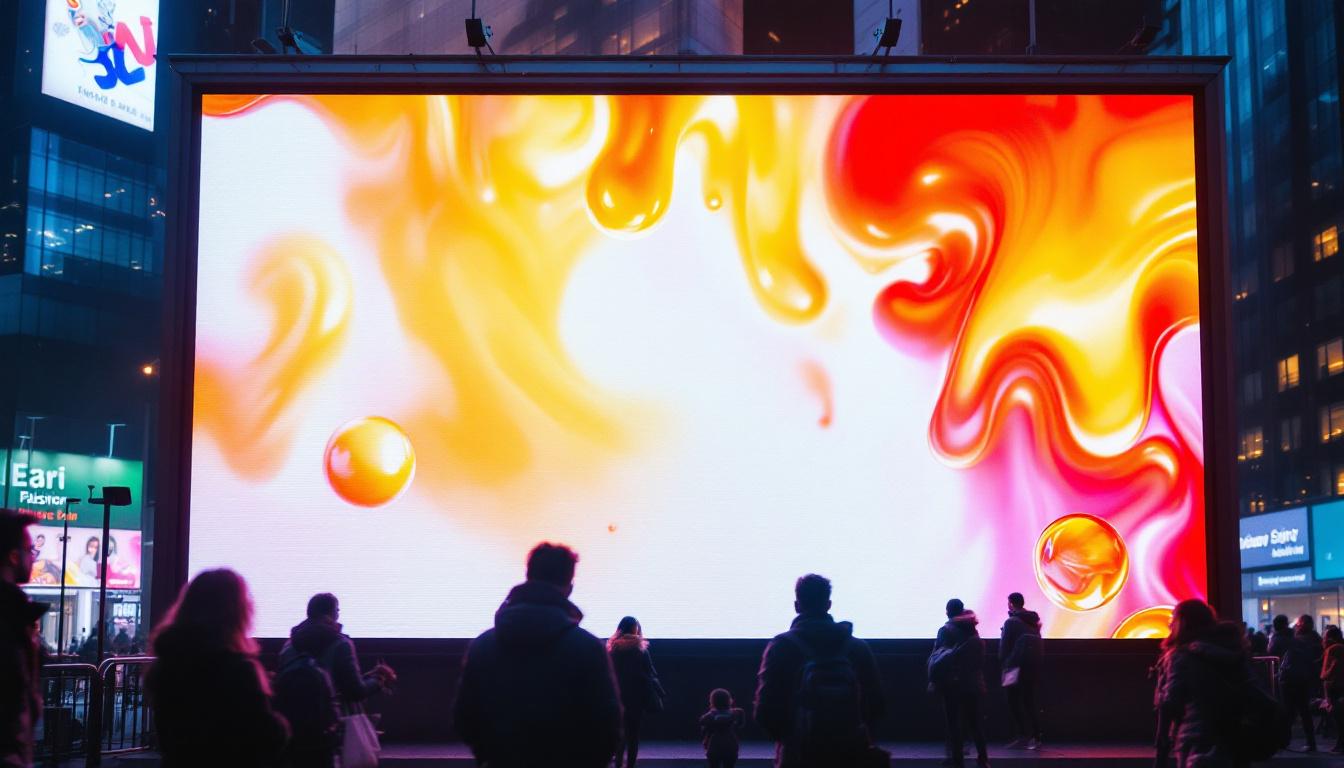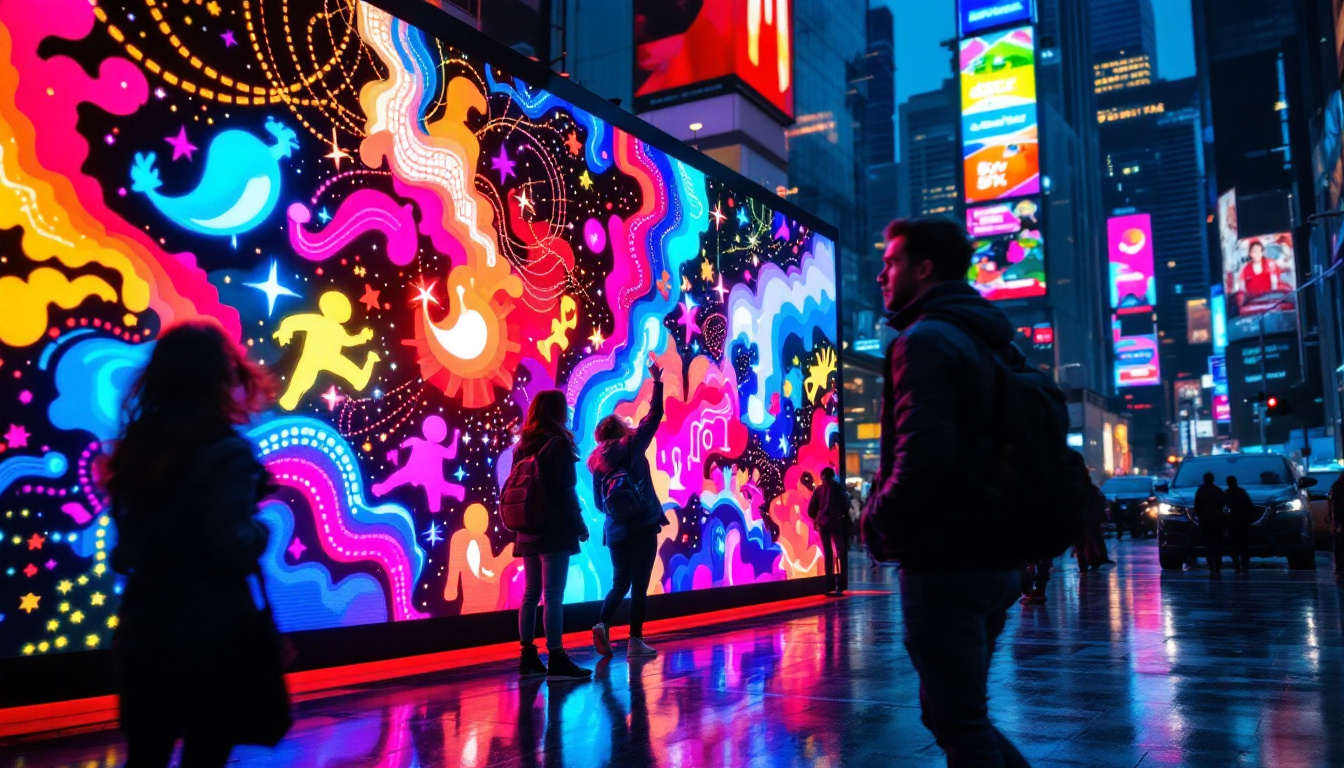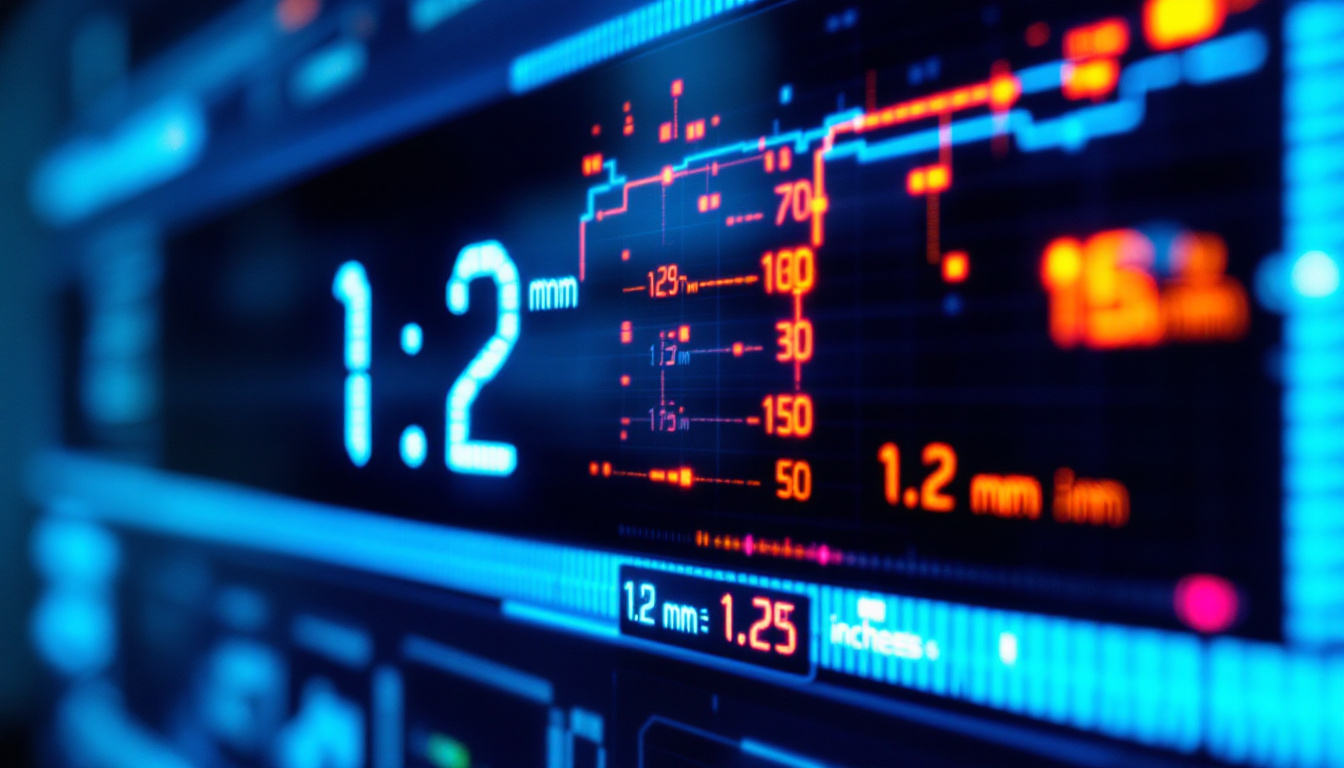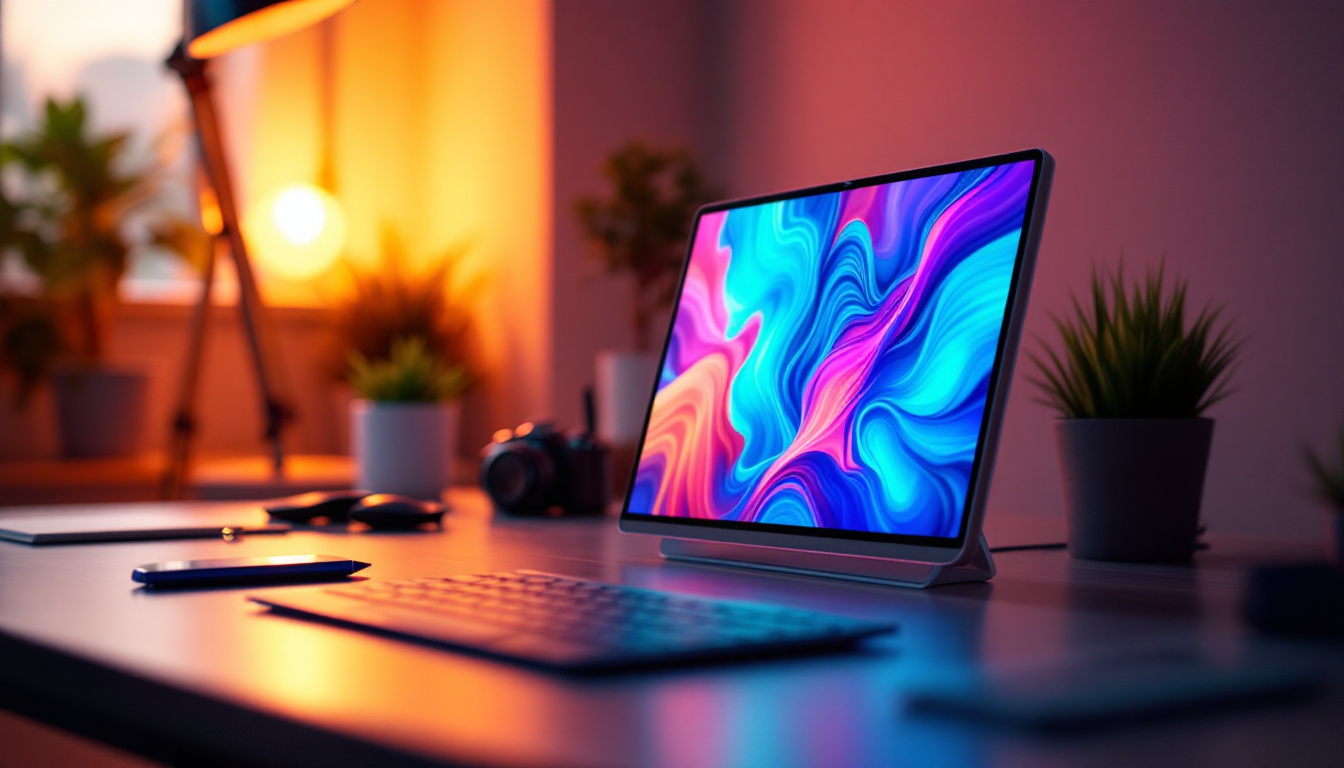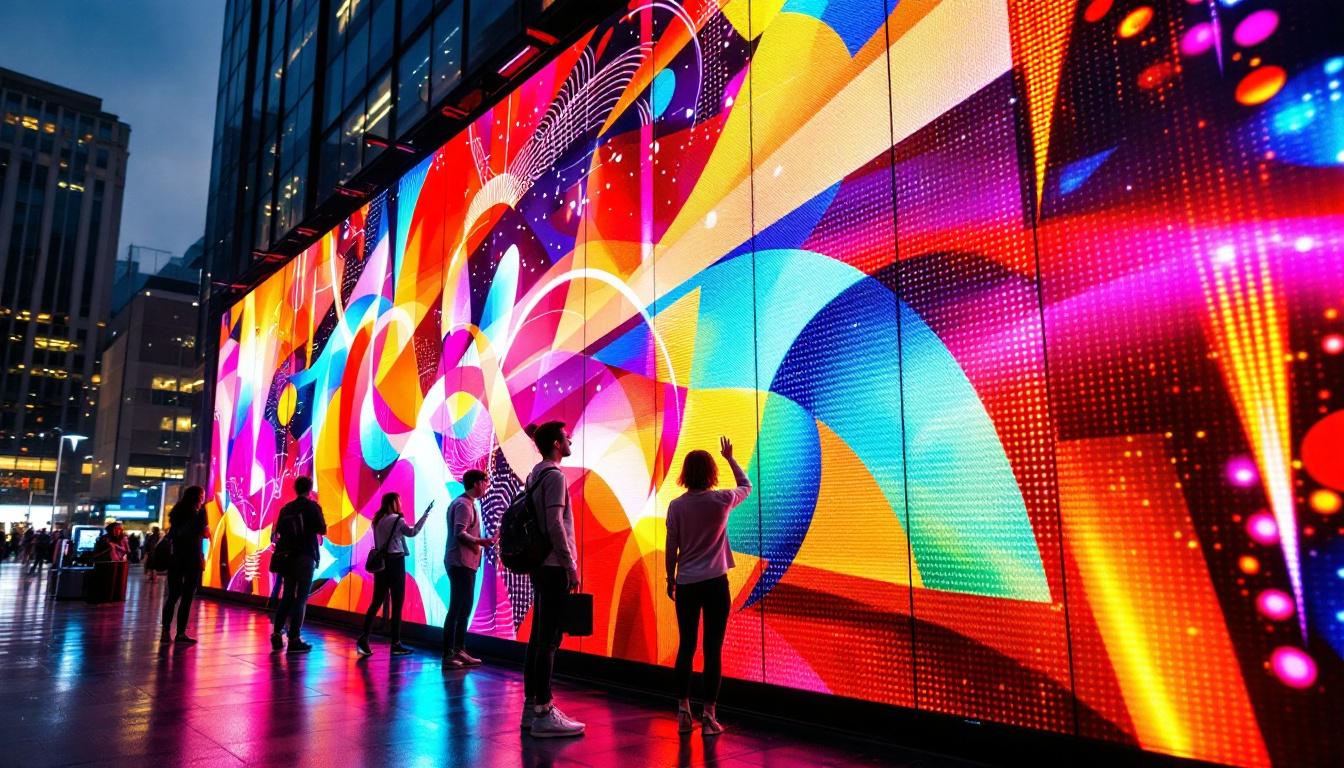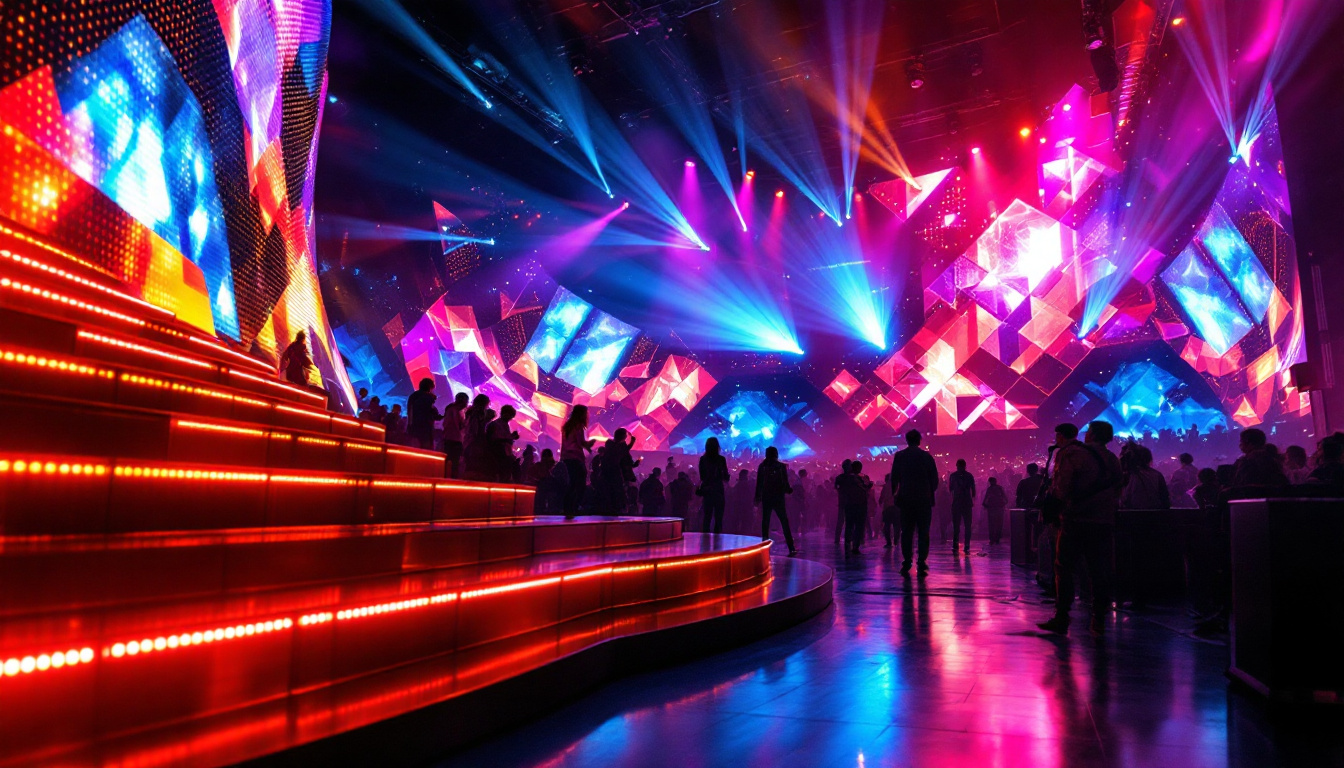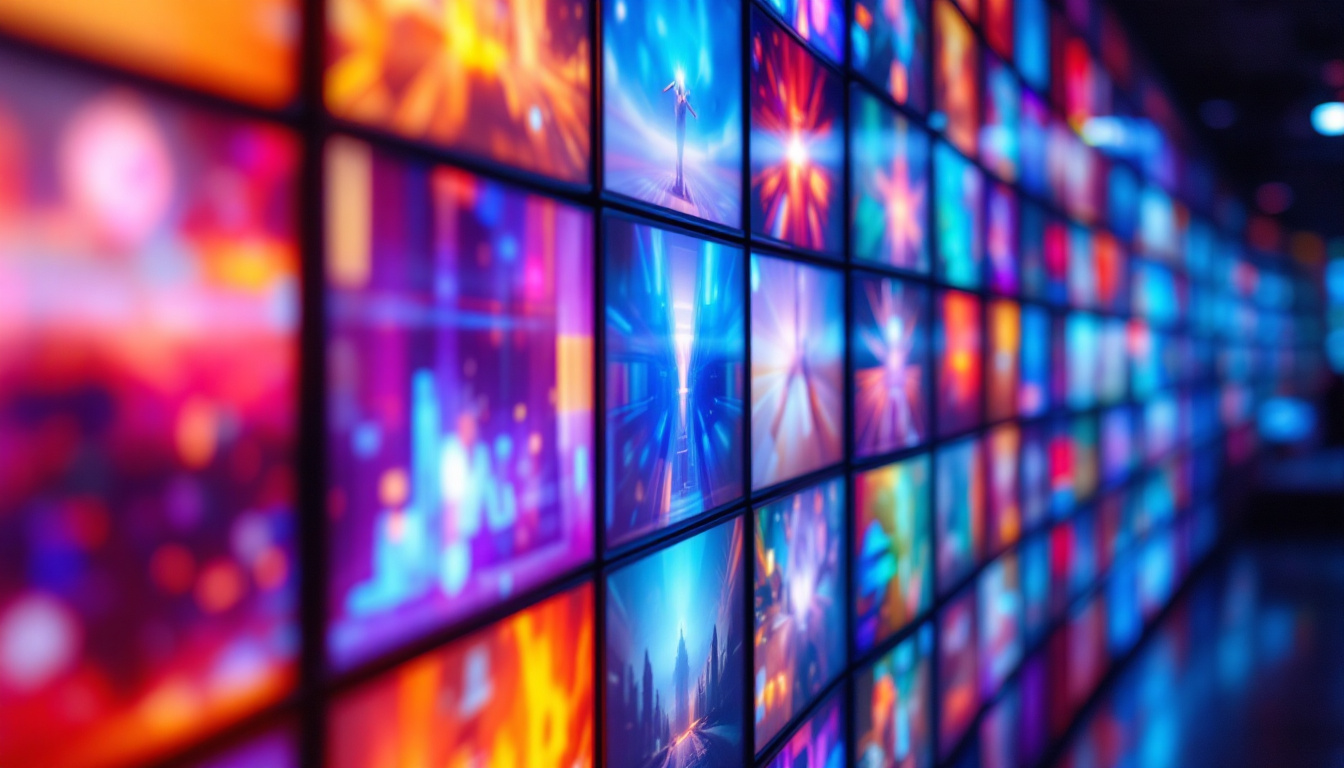In today’s fast-evolving visual technology landscape, choosing the right display solution for your home, office, or commercial space can be daunting. Two popular options often come into consideration: projectors with wall mounts and LED displays. Each has distinct advantages and applications, making it essential to understand their differences, installation requirements, and performance characteristics before making a decision.
This article explores the nuances of projector wall mounts and LED displays, offering a comprehensive explanation of LED technology, installation tips, and how to select the best option for your specific needs.
Understanding Projector Wall Mounts: Practical Installation and Use
Projectors have long been a favored choice for large-scale visual presentations, home theaters, and educational environments. A projector wall mount is a critical accessory that ensures the device is securely fixed to a wall, optimizing viewing angles and saving space.
What is a Projector Wall Mount?
A projector wall mount is a bracket or fixture designed to hold a projector in a fixed position on a wall. Unlike ceiling mounts, wall mounts are often used when ceiling installation is impractical or when the projector needs to be positioned at eye level or a specific height for optimal image projection.
Wall mounts come in various designs, including fixed, tilting, and full-motion mounts, allowing users to adjust the projector’s angle and orientation to suit the room’s layout and screen placement.
Benefits of Using a Wall Mount for Your Projector
Installing a projector on a wall mount offers several advantages:
- Space-saving: Wall mounting frees up floor and desk space, creating a cleaner, more organized environment.
- Improved image alignment: Precise positioning helps achieve the correct projection angle, reducing image distortion and keystone effects.
- Security and stability: A well-installed mount prevents accidental bumps or movement that could disrupt the viewing experience.
- Enhanced aesthetics: Concealing cables and mounting the projector neatly on the wall contributes to a professional and tidy appearance.
Installation Considerations for Projector Wall Mounts
Proper installation is crucial for safety and performance. Key factors include:
- Wall type: Drywall, concrete, or brick walls require different mounting hardware and anchors to ensure stability.
- Weight capacity: The mount must support the projector’s weight with a margin for safety.
- Projection distance and angle: The mount’s position should align with the projector’s throw ratio and screen size.
- Cable management: Planning for power and video cables to avoid clutter and accidental disconnections.
Professional installation is recommended for complex setups or heavy projectors to guarantee safety and optimal performance.
LED Displays: Technology and Advantages Explained
LED displays have revolutionized the way visual content is presented, offering vibrant colors, high brightness, and flexibility in size and shape. Understanding the technology behind LED displays is essential for appreciating their benefits and applications.
What is an LED Display?
LED stands for Light Emitting Diode, a semiconductor device that emits light when an electric current passes through it. An LED display is composed of numerous tiny LEDs arranged in a grid to form pixels. These pixels collectively produce images, videos, and text with remarkable clarity and brightness.
Unlike traditional LCD screens that use backlighting, LED displays emit their own light, resulting in better contrast ratios and energy efficiency.
Types of LED Displays
LED displays come in several forms, each suited for different applications:
- Direct View LED (DVLED): These displays use LEDs as individual pixels, offering high brightness and excellent viewing angles. They are commonly used in large-scale outdoor billboards and indoor video walls.
- LED-backlit LCD: This is a hybrid where LEDs provide the backlight for an LCD panel, improving brightness and color accuracy compared to traditional CCFL-backlit LCDs.
- MicroLED: An emerging technology featuring microscopic LEDs that promise superior image quality, longevity, and energy efficiency, though still costly and less common.
Advantages of LED Displays Over Other Technologies
LED displays offer multiple benefits that make them a preferred choice in many scenarios:
- Brightness: LEDs can achieve very high brightness levels, making them ideal for environments with ambient light, such as retail spaces and outdoor advertising.
- Energy Efficiency: LED technology consumes less power than traditional displays, reducing operating costs and environmental impact.
- Longevity: LEDs have a longer lifespan, often exceeding 50,000 hours, which translates to lower maintenance and replacement costs.
- Color Accuracy and Contrast: LED displays provide vibrant colors and deep blacks, enhancing the viewing experience.
- Flexibility: Modular LED panels can be assembled into custom sizes and shapes, accommodating unique design requirements.
Comparing Projector Wall Mounts and LED Displays
When deciding between a projector with a wall mount and an LED display, it’s important to weigh the pros and cons based on your specific use case, budget, and environment.
Image Quality and Viewing Experience
LED displays generally deliver superior image quality with higher brightness, contrast, and color accuracy. This makes them ideal for well-lit rooms or outdoor settings where ambient light can wash out projected images.
Projectors, however, can produce very large images at a lower initial cost, but they require a darkened room for optimal viewing. The image quality depends heavily on the projector’s resolution, brightness (measured in lumens), and the quality of the projection surface.
Installation and Space Requirements
Projector wall mounts require careful placement and alignment but save floor space and can be less visually intrusive. They also need a dedicated projection surface, such as a screen or a smooth white wall.
LED displays are self-contained units that can be mounted on walls or placed on stands. They do not require a separate screen and can be installed in almost any environment, but they may require more wall space and structural support depending on size and weight.
Cost Considerations
Projectors with wall mounts typically have a lower upfront cost, especially for large image sizes. However, lamp replacements, maintenance, and potential installation fees can add to the total cost of ownership.
LED displays have higher initial costs but benefit from lower maintenance and longer lifespan. For commercial applications where reliability and image quality are critical, the investment can be justified.
Use Case Suitability
Projector setups are well-suited for home theaters, classrooms, and conference rooms where controlled lighting is possible. They are also preferred when very large image sizes are needed on a budget.
LED displays excel in retail environments, control rooms, outdoor advertising, and events where brightness and visibility are paramount. Their modular nature allows for creative and dynamic installations.
Choosing the Right Display Solution: Key Factors to Consider
Making an informed choice between a projector with a wall mount and an LED display depends on several critical factors:
Ambient Lighting Conditions
Evaluate the lighting in your space. If the environment is bright or cannot be dimmed, an LED display is likely the better choice due to its superior brightness. For darker rooms, a projector can deliver excellent image quality at a lower cost.
Image Size and Resolution Requirements
Determine the desired screen size and resolution. Projectors can achieve very large image sizes affordably but may sacrifice sharpness at extreme sizes. LED displays offer crisp images at various sizes but can become costly as size increases.
Budget Constraints
Consider both initial investment and long-term costs. Projectors have lower upfront costs but may incur maintenance expenses. LED displays require a higher initial budget but offer durability and energy savings.
Installation and Space Limitations
Assess the feasibility of mounting options and available space. Wall mounts for projectors need sufficient clearance and a suitable wall. LED displays require sturdy mounting surfaces and may need professional installation for larger panels.
Intended Usage and Content Type
Think about the nature of content you will display. For dynamic, high-contrast visuals in public or commercial spaces, LED displays are advantageous. For presentations, movies, or educational content in controlled environments, projectors are often sufficient.
Tips for Optimizing Your Projector or LED Display Setup
For Projector Wall Mounts
- Use a quality projection screen: A dedicated screen enhances image clarity and color accuracy compared to projecting directly onto walls.
- Calibrate the projector: Adjust brightness, contrast, and color settings to suit the ambient lighting and viewing distance.
- Manage cables effectively: Use cable conduits or raceways to keep wiring organized and safe.
- Regular maintenance: Clean filters and lenses periodically to maintain image quality and prolong projector life.
For LED Displays
- Ensure proper ventilation: LED panels generate heat; adequate airflow prevents overheating and extends lifespan.
- Use professional calibration: Color calibration ensures uniformity across panels and accurate color reproduction.
- Plan for modularity: Design your installation to allow easy access for maintenance and future upgrades.
- Secure mounting: Use appropriate hardware and structural supports to safely install large LED displays.
Future Trends in Display Technology
The display technology market continues to innovate rapidly. Emerging trends include:
- MicroLED and OLED advancements: These technologies promise even better image quality with thinner, more flexible displays.
- Interactive displays: Touch-enabled LED walls and projectors with interactive capabilities are transforming presentations and retail experiences.
- Integration with smart systems: Displays increasingly connect with IoT devices, enabling remote control, content management, and analytics.
- Energy-efficient solutions: New materials and designs focus on reducing power consumption and environmental impact.
Staying informed about these trends can help businesses and consumers make future-proof investments in visual technology.
Conclusion
Choosing between a projector with a wall mount and an LED display depends on multiple factors including environment, budget, image quality needs, and installation constraints. Projector wall mounts offer flexible, cost-effective solutions for controlled lighting environments, while LED displays provide unmatched brightness, durability, and versatility for a wide range of applications.
Understanding the strengths and limitations of each technology empowers users to select the optimal display solution that enhances their visual experience, supports their specific use cases, and fits their space and budget requirements.
Whether outfitting a home theater, modern office, retail space, or event venue, investing in the right display technology is key to delivering impactful, engaging visuals that captivate audiences and elevate communication.
Discover LumenMatrix’s Advanced LED Display Solutions
Ready to elevate your visual experience with the latest in display technology? Look no further than LumenMatrix, where innovation meets excellence. Our extensive range of LED display solutions, from vibrant Indoor and Outdoor LED Wall Displays to dynamic Vehicle and Sports LED Displays, is designed to captivate and engage your audience. Whether you’re looking to create an immersive home theater, enhance your office space, or make a statement in a retail environment, LumenMatrix has the perfect LED solution to fit your needs. Check out LumenMatrix LED Display Solutions today and see how our cutting-edge technology can transform your visual communication.



